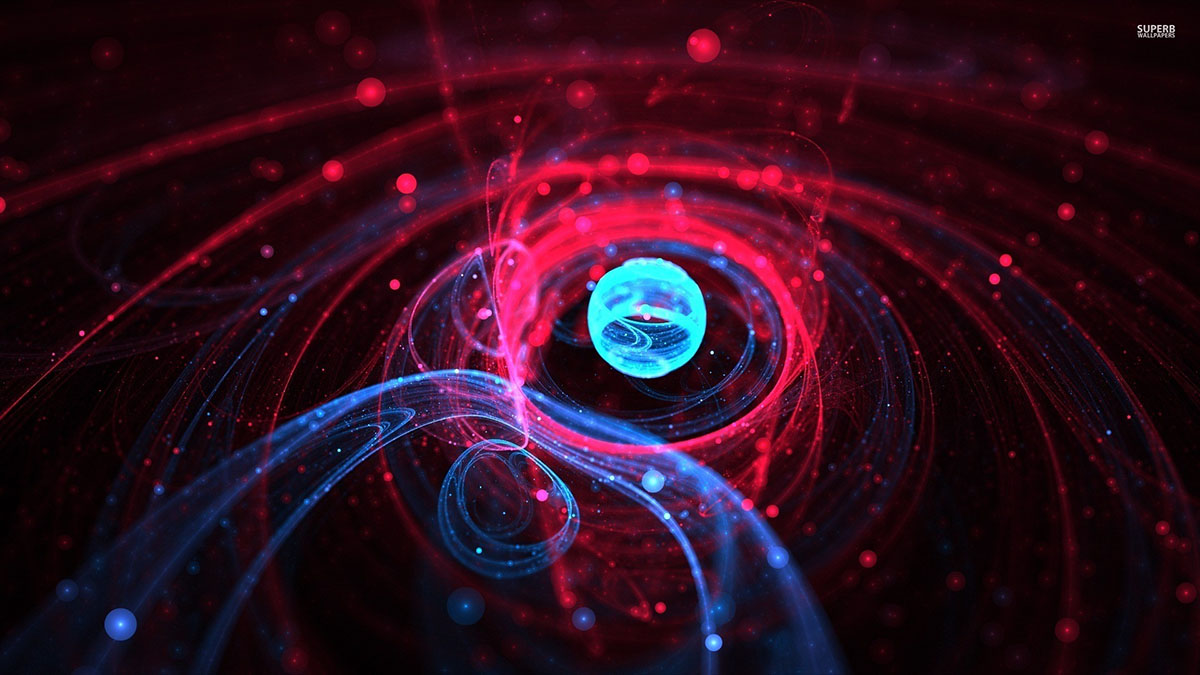making quark-gluon soup with an atom smasher

Heat is a relative term to those of us living on this planet. The highest natural temperature we’ve recorded is a downright uncomfortable 57.8 °C recorded in Libya, while the coldest is what the vast majority of us would call a bone-chilling -89.7 °C at Antarctica’s Vostok Station. In the lab, however, scientists can take temperatures to otherworldly extremes. On the cold end of the scale, they’ve come very close to absolute zero, a temperature at which entropy itself seems to stop and thought to be nearly impossible to happen naturally. But when you start dealing with heat, you can crank things up a lot more than a few hundred degrees in the desired direction and keep it up until matter itself starts to break down under the extreme conditions. And amazingly, the RHIC, the original doomsday atom-smasher, managed to push beyond that limit during a number of collisions.
One important thing to keep in mind is that the RHIC didn’t just reach the limits of known physics in one event, but instead, the measurements came as a result of crunching data gathered during years of collisions. So what was the record breaking temperature achieved in the atom smasher? Roughly 4 trillion degrees, close to twice the theoretical melting point of protons and neutrons, and several thousand times hotter than the core of a Type II supernova.
Matter as we know it can’t exist in these conditions. Instead, we get a soup of quarks and gluons which flow like a frictionless liquid with zero viscosity. And it’s from this searing quark-gluon soup that the universe is thought to have emerged as the newly carved out cosmos expanded and cooled enough for baryogenesis to take place. Of course as with almost all research at the frontier of our knowledge, there were some surprises, mainly in the behavior of the elementary particles in this highly energetic state as was noted by Professor Steven Vigdor, who oversees the RHIC’s research program.
The temperature inferred from these new measurements at RHIC is considerably higher than the long-established maximum possible temperature attainable without the liberation of quarks and gluons from their normal confinement inside individual protons and neutrons. However, quarks and gluons in the matter we see at RHIC behave much more cooperatively than the independent particles initially predicted for QGP [or Quark-Gluon Plasma].
This certainly sets the bar for the researchers at LHC who could achieve even higher temperatures and come even closer to replicating the theoretical quark-gluon plasma which filled the early universe after the Big Bang. On another note, there’s money to be made from these experiments and scientists at Brookhaven patented a few potential commercial uses for what they expect to find from these energetic events, targeting energy efficiency and possibly potential applications for computing and electronics.
Quarks spin in different directions and understanding how and why they do so can help scientists harness the power. It may be possible to replicate this symmetrical spin in graphene, for example, said [RHIC theorist] Dmitri Kharzeev. Graphene is a so-called nanomaterial that scientists believe may replace silicon in super-fast and super-small devices.
So not only can we learn about the Big Bang and high energy physics, but we might get more efficient TVs and cameras, as well as faster computers. This is why when people ask me what’s the benefit of spending a few billion on smashing atoms, I always say that just because the applications of the science they do aren’t really obvious at first glance, it doesn’t mean that there aren’t any. After all, without a particle collider in the 1980s, it’s very likely that you wouldn’t be reading this blog, or any other science blog for that matter since the World Wide Web wouldn’t be around, or was limited to a very small group of people as it was before Tim Bernes Lee had an idea to use the internet to help physicists collaborate on their research. And there was also a matter of refining oncology treatments which come from a better understanding of how to work with particle beams…





